Jiří [pointing at the three black and white photographs on the wall]: In the first photo I am waiting for someone to call me, the second one we went to some place and at one point I began to run and disappeared somewhere in the streets, the third one is called “Theatre” and I was in a oblique space, I behaved normally and made some very normal movements, it was something like a performance, but no one could recognise that it was performance, these are three images from a collection of 14 or 15 performances, from 76’ to 78’. On the tables, there are some objects, collages or small paintings from the 80’s and 90’s mostly and, it’s a selection of my works from the last 30 years, it is a small retrospective, a small part of my works.
Cristina: Who decided to put them on the tables?
Frantisek: When we had our first meeting 2 month ago we were thinking about how to arrange the exhibition because this space is quite problematic, we were considering hanging them on the walls or on some panels. A few years ago Attila Kim made an exhibition for Plan B where the art was on a table, conceptually arranged. Some will be standing and some will be laying down, we tried this yesterday but the objects are quite fragile.
Cristina: In all of the other exhibitions, the objects were arranged in one line on the wall.
Jiří: Yes, they were made to be displayed on the walls, but I see now, for example this piece here was for a wall but now, it’s quite a strange situation, because it looks more like an architectural object, it completely changed because now it looks like a landscape with a church in the middle.
Cristina: But there is not much painting, there are a lot of objects.
Jiří: I am not a painter.
Cristina: But you were doing it once. At one point.
Jiří: Yes, but this is a selection. These pieces are only from three collections from the Czech Republic. Because there weren’t so many resources to bring other collections from abroad, from museums. The selection was made by Călin Dan.
Daria: For example these objects, are they found objects that are modified by you or did you make them from the beginning?
Jiří: Everything is found material, the wood is found but I put it together. Nothing is only found. These were my interventions.
Carmen: Did it happen to you to destroy your works and redoing them?
Jiří: No, no, no. I haven’t destroyed anything, I like the materiality and that you can see that it is not new. They have been used previously for something else, for example furniture; and the wood has memory engrained in it. Everything is found and used by me.
Cristina: Weren’t you installing works in your house at some point? We saw photos.
Jiří: Yes, but it was not my house, it was my office in the museum, I was working for the National Museum in Prague in the depository/storage of modern painting from 77’ until 95’ a quite long period. There was a room — my office and I had my pieces on the walls. I think that the pictures you saw were from that time.
Cristina: Were they for decoration or an art installation?
Jiří: It was an installation that constantly changed. I made some of the pieces in that office.
Cristina: Was your office an informal gallery? Did people come to see your work there?
Jiří: It was possible. A lot of people came to the depository and saw them. At the time I couldn’t organise official exhibitions.
Daria: What was your job at the depository?
Jiří: I helped to prepare exhibitions by taking the paintings out of the depository and I archived them, each painting had a small card. It was my job to make these cards. If somebody wanted a painting for an exhibition, I prepared it for transport. It was just a job for money. I liked it but I wanted to make art.
Daria: What art was it. Modern art?
Jiří: Yes, it was Czech modern art, classical modern from the end of the 19th century to the end of the 2nd world war.
Carmen: Have you ever made a personal archive?
Jiří: Yes, I have my documentation – A4 sheets of paper with one or two photos and their descriptions (only very simple). This original documentation is now part of some collections.
Carmen: And how did you organise them? Chronologically?
Jiří: There were only a few papers and I had them in a folder. Yes, they were arranged in a chronological order?
Rareș: Who did you show it [your archive] to?
Jiří: There was no public, only my friends and colleagues. I would meet my friends and show them the file. It was a very practical way of cataloging my work.
Carmen: Were your friends also artists?
Jiří: Yes, I was in a group of people with the same or similar interests — art, this kind of art. It was a closed circle of people – 20 or 30. And there were some artist, art historians and philosophers. The audience of the performances was this group of people, no public of course. It wasn’t possible to make it public at the time. We did private events or performances on the streets.
Rareș: You also had some public displays at that time. Where did they take place?
Jiří: They were very few. For example there were exhibitions in some apartments. Not in galleries or museums. Only in private spaces.
Rareș: How did people hear about the events?
Jiří: Only by word of mouth. No telephones. It was almost secret.
Cristina: But what was official art then, In the 70’s or 80’s?
Jiří: You know it! We were in the same eastern block. No abstract or surrealistic painting. Landscapes and portraits. Realistic painting.
Cristina: You said that in the 80’s it was getting better in the Czech republic. You also could exhibit publicly?
Jiří: During the 80’s the situation was better. There were some small exhibitions in some clubs for young people, on the corridors. They didn’t take place in normal galleries but it was a public space.
Cristina: And then in the 90’s you started to have commercial galleries?
Jiří: Yes, it was an absolutely different situation from one day to another, things changed absolutely. From 1990 everything changed and making public art became possible.
Carmen: How extended was your group of friends? Did you have friends in other countries?
Jiří: We had some connections abroad, mostly in Poland. Because Poland was more free at the time than Czechoslovakia, it was possible to see some contemporary art exhibition in small independent galleries in Warsaw or Krakow.
Daria: Did you ever have any performances or exhibitions in Poland?
Jiří: Not so much. My first exhibition in my life was in Warsaw and it was in a small student gallery. It was small but it was important that it was public space.
Carmen: What was the impact of your appearance?
Jiří: I was interviewed by the police in Prague.
Carmen: Did it mean something to you? Did it make you trust your art more? Did it open doors?
Jiří: The public presentation was important to me at that time because it was my first appearance. It was something different than exhibiting in Prague in some apartment.
Cristina: In the 70’s and 80’s did you try to display your art publicly in Czechoslovakia?
Jiří: No, it wasn’t possible at all.
Cristina: What if you had applied to the Artists Union?
Jiří: I couldn’t have been part of the Artists Union because I am self taught and I didn’t attend any formal art school so I wasn’t allowed to be part of the artist union. You could be part of the artist union if your work was what they wanted it to be.
Cristina: But did you study anything?
Jiří: Something like construction/ engineering but not at university, only in high school.
Carmen: How did you get in that group of artists and philosophers?
Jiří: At that time it was important to have some contacts. My first contact was a performance artist in Prague, I got his number from an artist colleague in Warsaw. We started doing performance together – we had performance evenings in basements, it was very underground. We had a similar working place. I worked with Petr Štembera in the same institution and another friend was working at the Museum of Applied Arts as a guide. We talked a lot at work as there was not so much work to do. We could sit together in a room, drink tea and discuss about our art. In the afternoon we always talked.
Ana: What were the dynamics in your group? Were you all really close friends? Was it a closed group?
Jiří: There was the possibility for new arrivals. Of course at a point I was new too but it was a closed group of a few people.
Carmen: But was it closed because it wanted to be like that?
Jiří: No, there was a lack of interest. It was not public. It was quite dangerous and it was a secret. It was necessary to keep it like that. When we organised an event, only few people knew about it as we risked getting caught by the police.
Cristina: Did you have trouble with the police?
Jiří: Not so much. There were some interviews about the contacts with Poland – this was more dangerous.
Cristina: Did you have access to books, to movies, to magazines? Did you have a camera?
Jiří: No video at that time in Czechoslovakia. Of course we had access to some information, again not from public sources. Sometimes we were sent publications or materials from abroad, magazines or catalogues.
Cristina: Were you aware of the art scene in Europe or in America?
Jiří: Yes, of course. But only from magazines, pictures and articles. Of course we didn’t have the possibility to visit.
Daria: But for example in Bucharest in 68’ there were some shows from American pop art that traveled through Europe. Did this also happen in Prague?
Jiří: Yes, in 68’ it was a quite free period. From 65’ until 71’ Czechoslovakia was under Russian occupation.
Daria: You appear in all the performances and so who is the author of the photos? Someone from your group? And were they in danger for taking the photos?
Jiří: My friends photographed the performances. It wasn’t so dangerous because the actions didn’t last much and we were in public spaces, where tourists usually photographed the surroundings. The guy with the camera was not close to me. The photos were taken from quite a big distance.
Cristina: In the 70’s some American performers came to Prague. Didn’t Chris Burden visit?
Jiří: Yes, Chris Burden was in Prague at that time but I didn’t meet him. Petr Štembera was in contact with him, they sent letters to each other and Chris sent his catalogues and photos. We were informed about his works directly from him.
Cristina: So you could mail stuff, police didn’t check everything?
Jiří: Yes, they checked mail but it was possible. If the meaning wasn’t political it was possible to send letters.
Daria: Did you check your own file at the police? Were you spied?
Jiří: I have never checked it. I don’t want to know who possibly informed the police about me.
Daria: I read that after ’78 you decided not to appear in the photos anymore and not be the performer. Why did you decide to vanish from the images?
Jiří: It was not something rational. At the moment I felt exhausted by being in this situation and I tried to find another way of expressing myself. Afterwards I made small interventions or installations on the streets but I wasn’t the focus of the art. I only left traces in the streets and my body wasn’t par of the act. I took the photos. Sometimes only for myself. The documentation stayed the same.
Cristina: Your performances are a lot about communication but also about questioning art?
Jiří: Yes, a lot of it is about the border between art and non-art/something else. I think that it is important for everything that I do. I like the situation when I am on the edge – using normal every day objects, normal every day situations and I like the lack of clarity.
Cristina: I thought that this was also visible when you installed your works in an apartment – when you placed your art as if it were furniture or decor. It made more sense than them being in a museum because in that kind of environment they are already ART. But in an apartment the objects feel closer.
Jiří: Yes it is true. Time is also important. Sometimes something can be unusual, strange, dirty not nice and after 20 years it changes into something beautiful.
Ana: What is the relationship between the two ways in which you create art? The performance, the images and even video and the objects?
Jiří: There is no relationship. The performances use day to day actions and the objects are made out of day to day objects, maybe this is the tie.
Daria: Do you work in a studio or at home? Do you archive objects?
Jiří: I have never had a studio. I could have one now, but I don’t need one. I physically have a small part of my work. It is all spread out between galleries, museums, in different collections. I also don’t have any storage space for the materials. I find something and immediately make something out of it.
Ana: Do you usually have in mind what you want to make and then go look for the materials or do you find the materials and they inspire you to create something?
Jiří: I find the materials and they inspire me to create something – a situation or a piece of wood.
Daria: Regarding the the big installation with the bird on a branch, that you did specially for this exhibition – Did you come to see the space a while ago and it inspire the work, is your work a response to this space? It is a very delicate approach.
Jiří: It was my idea after coming here. I wanted to let the space be a main part of the work. I didn’t want to make something strong that would go against it. This space is very strong, it is heavily decorated it has marble floors. I didn’t want to be violent to the space, but make people to look at it rather than focusing on something I made. I think that the fence guides and restricts the audience, it makes you be interested in the “forbidden spaces” and this stage can be interpreted in different ways – it can be a pedestal or a bench, it makes the audience question its meaning and wonder wether to sit down or not. Is it an artwork or furniture?
Daria: This fence is executed in a very precarious, even cheap way – from wood. It is a contrast of materials.
Jiří: Yes, it is like in a zoo or like in the countryside. Again it has a connection to my other works. Wood is a predominant material in my work. It is made in a very un-artistic way.
Ana: Why do you like wood? Is it just for the way that it looks or does it have a meaning?
Jiří: It is organic, of course. It is easy to work with it, to cut it. Yet, it doesn’t have a symbolic meaning.
Cristina: The connection of your work with the space is not political or violent, it doesn’t go against it. And still it is not neutral.
Jiří: I didn’t think about Ceaușescu when I did the work. But of course he is part of the building. My target is not political issues on the first level. My performances are political in a subtle way, they are poetically political. I don’t want to be political, make political statements. I believe that art statements are more important than political statements. Politics is a small part of us. There are more important aspects of human life than this. If I kiss you, it doesn’t matter at all if you are left or right. Politics is about the function of society, on the physical level. But people don’t only have limbs, they also have feelings and souls. Although the the performances were about communication, I wanted them to have an universal meaning, no matter the place, without any restrictions of borders or political regimes. I wanted them to be on the human level, above politics. There are some political messages but that is not my main aim.
Carmen: Is that why you regard to your art as non-art?
Jiří: Yes, it is intending to be art but it is on the border, on the edge. I want it to be on the art side but in an unstable position. Everything is made and looked at as art.
Daria: You were discovered in 2000. I imagine that your situation changed a lot.
Jiří: Yes, a shift happened but there was no change in my position, I hope. I make my work the same. I just make my art and the rest just happens around me.
The interview was carried out by Cristina Bogdan, Daria Ghiu, Carmen Casiuc, Rareș Grozea and Ana Avram. Frantisek Zachoval, director of the Czech Centre, also intervenes a couple of times.
Jiří Kovanda, Anti-heroism and Resistance, is at MNAC Bucharest between 30 June – 23 October, 2016.
POSTED BY
Redacția Revista ARTA
The team of young editors, working together towards a better understanding of Romanian contemporary art!...
www.revistaarta.ro

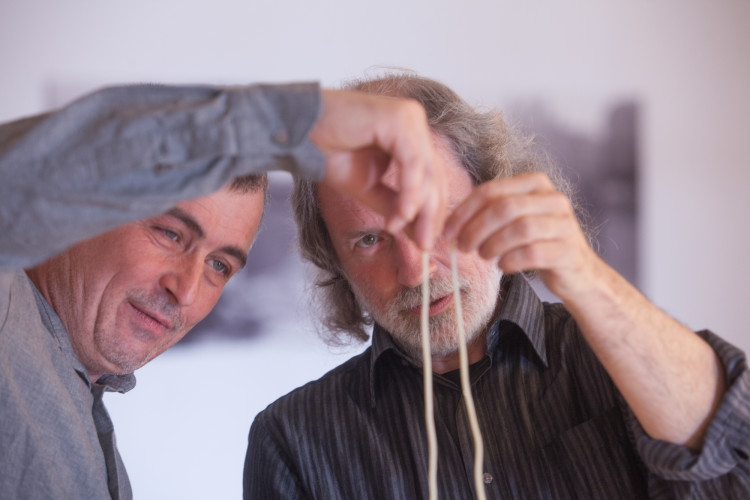
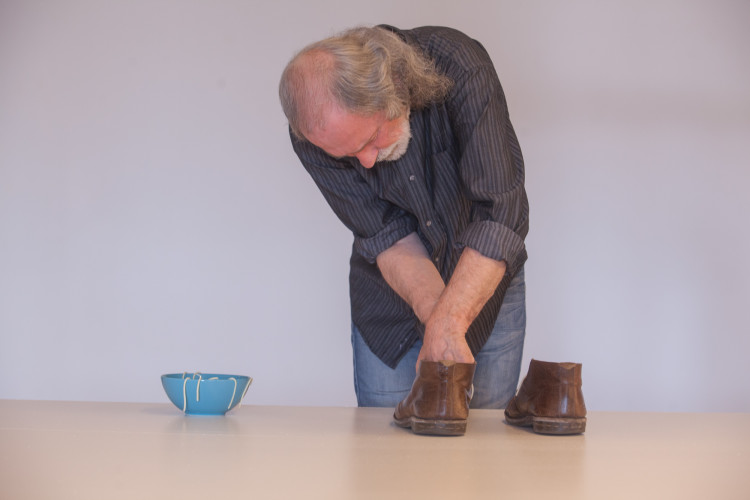
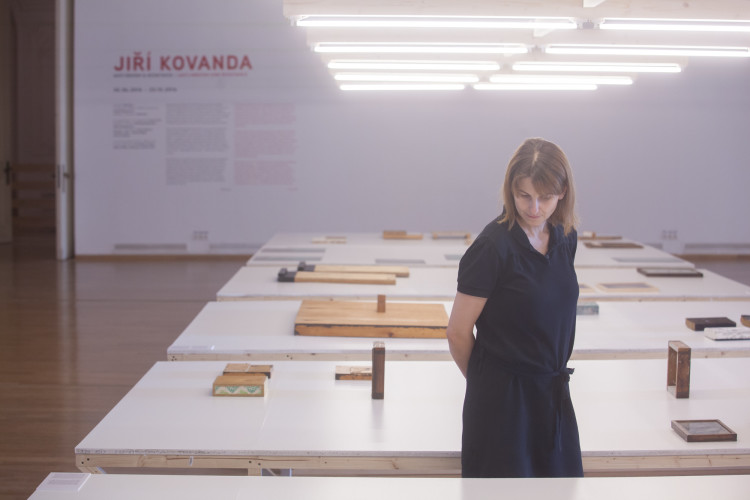
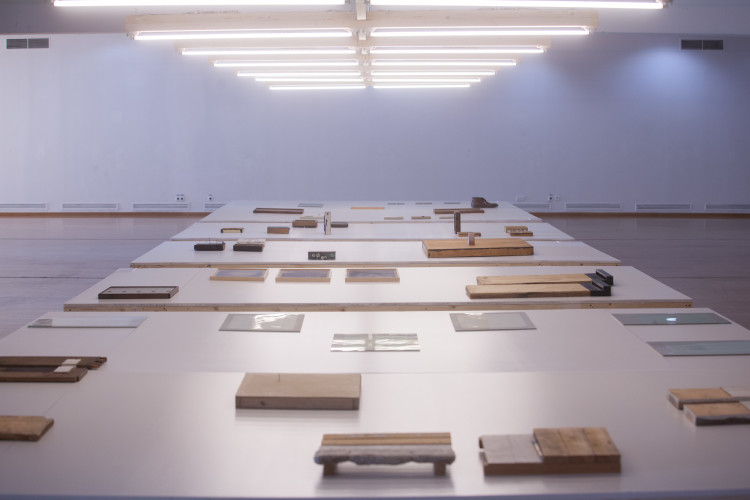
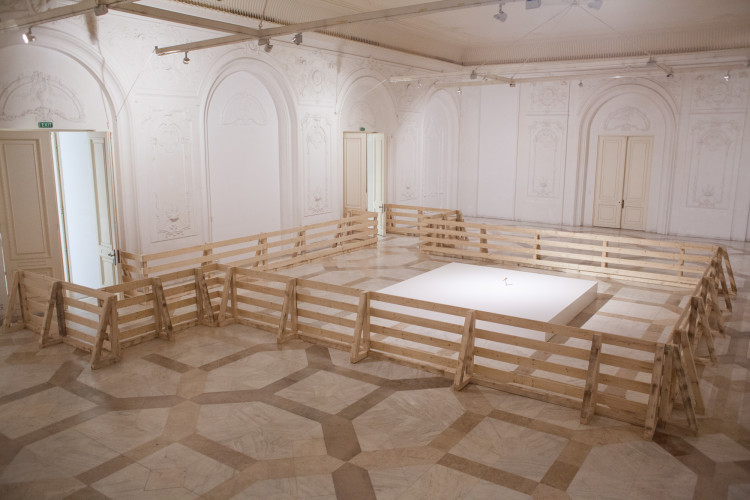
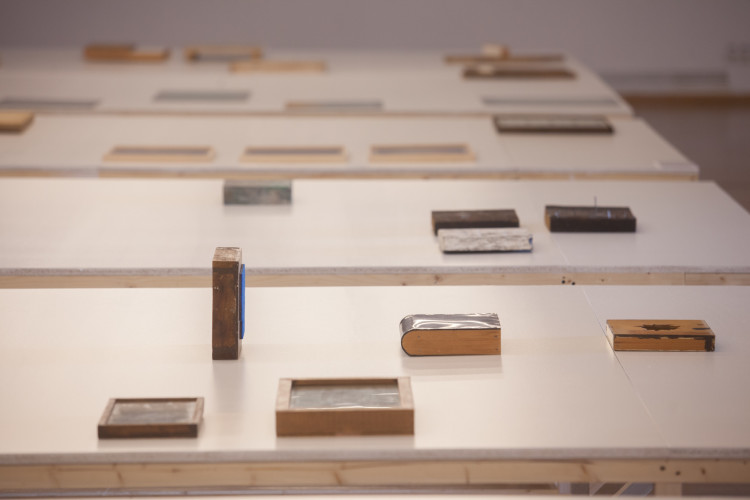
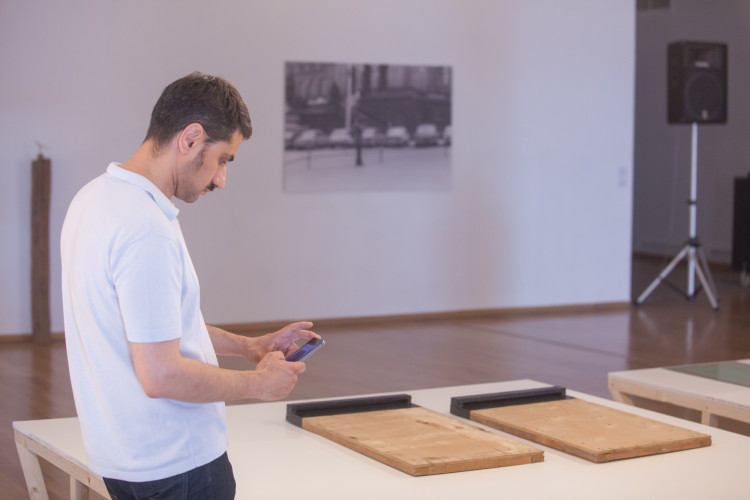
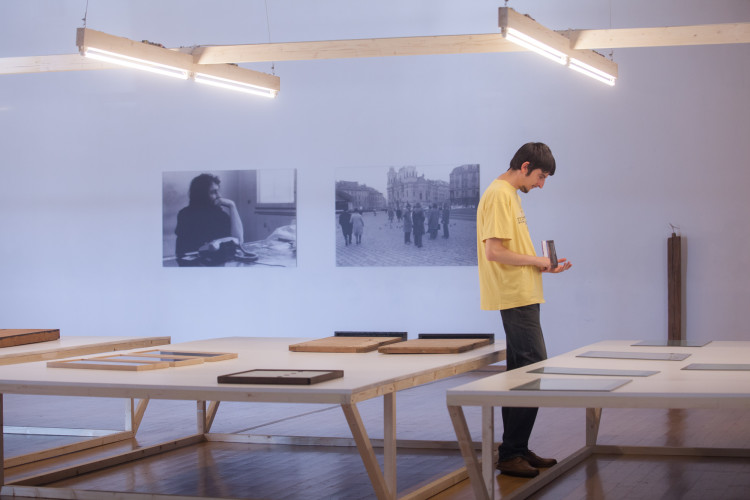
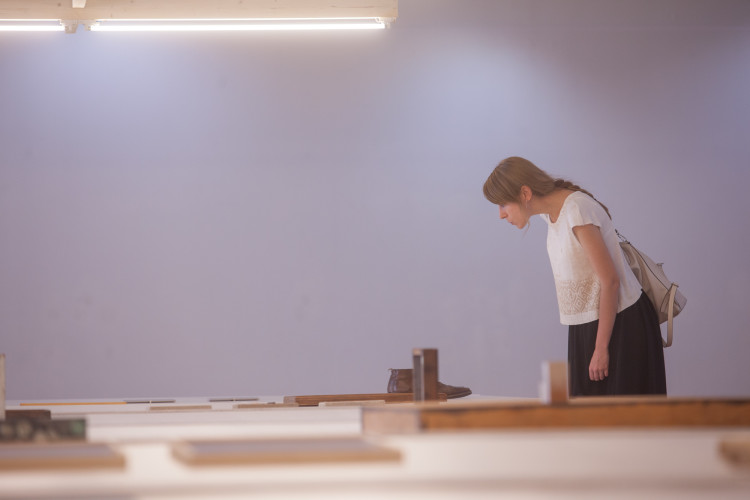
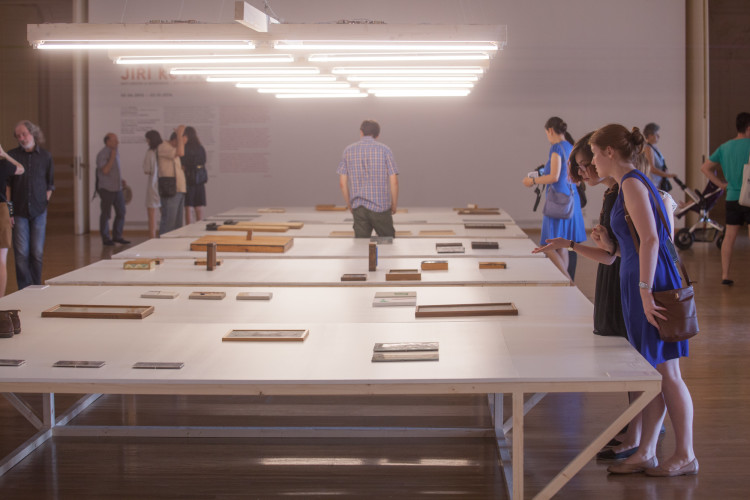
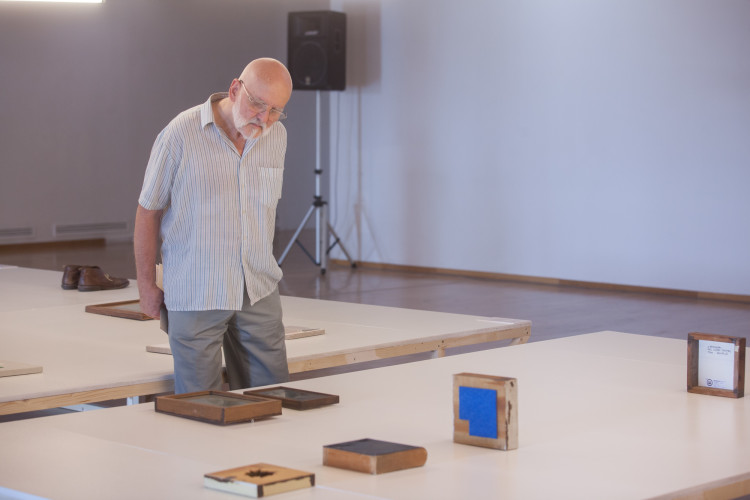
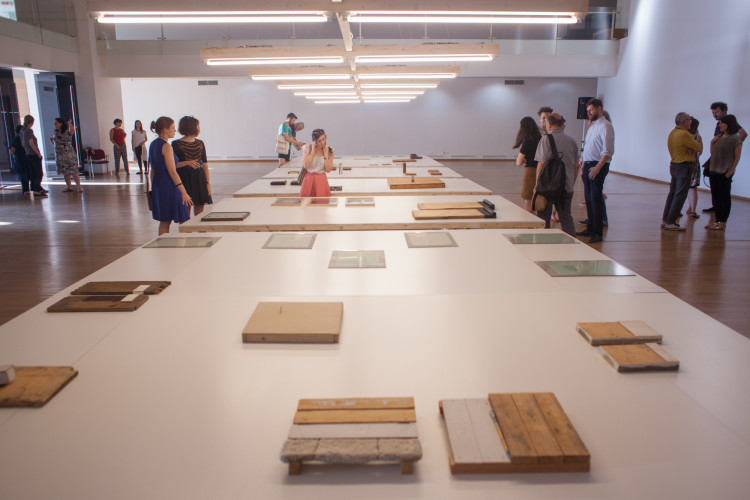
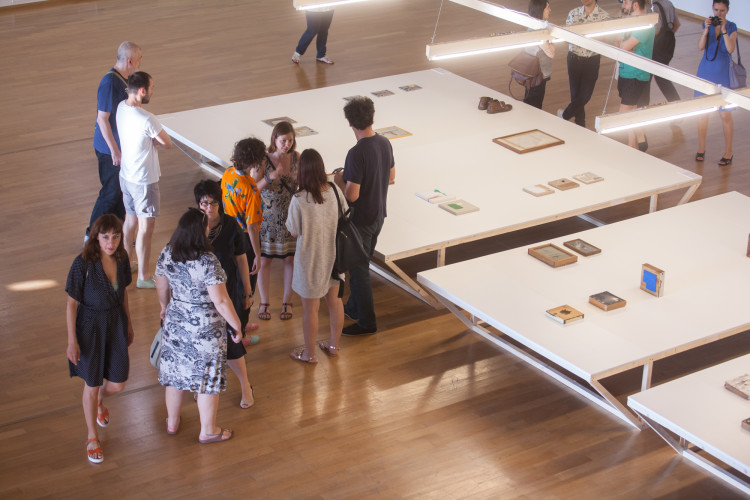
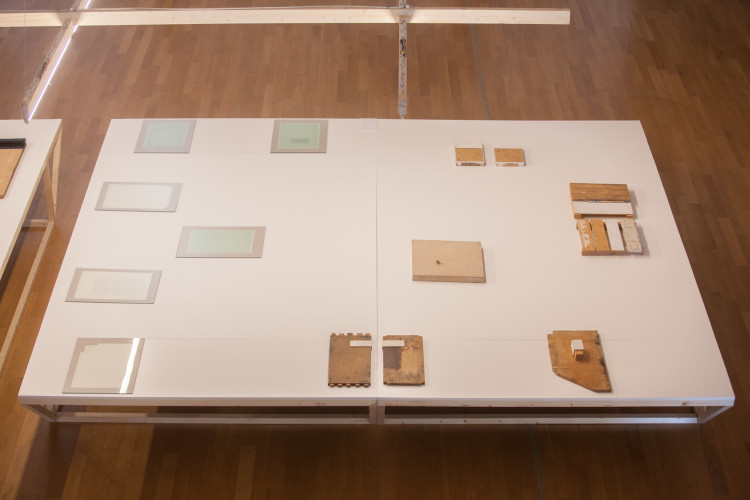
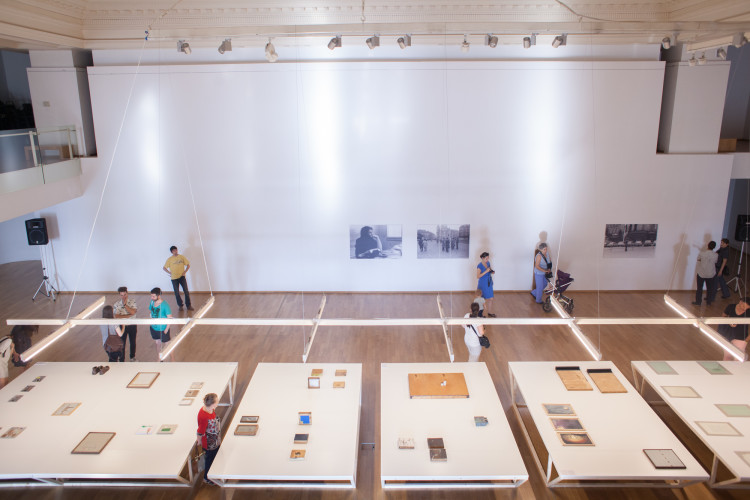
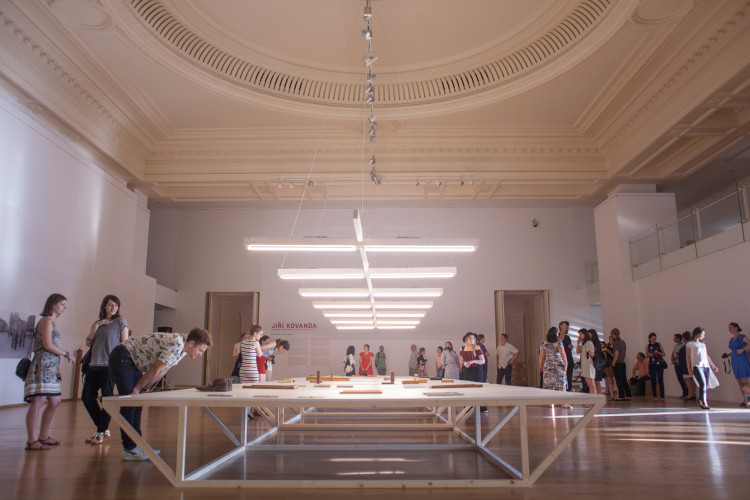
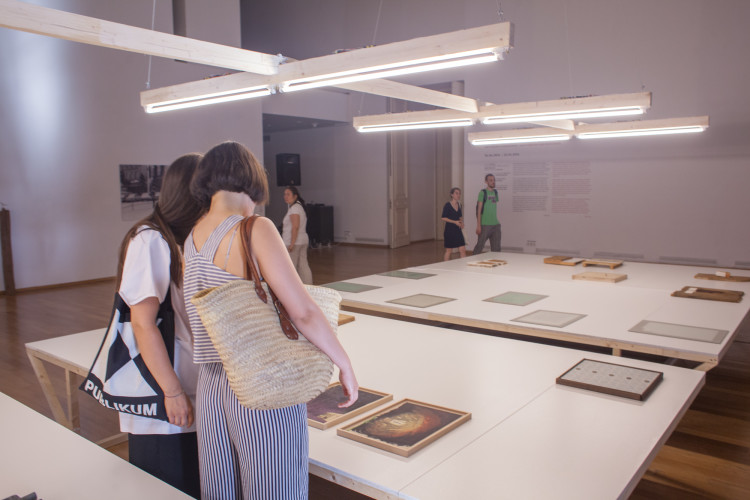
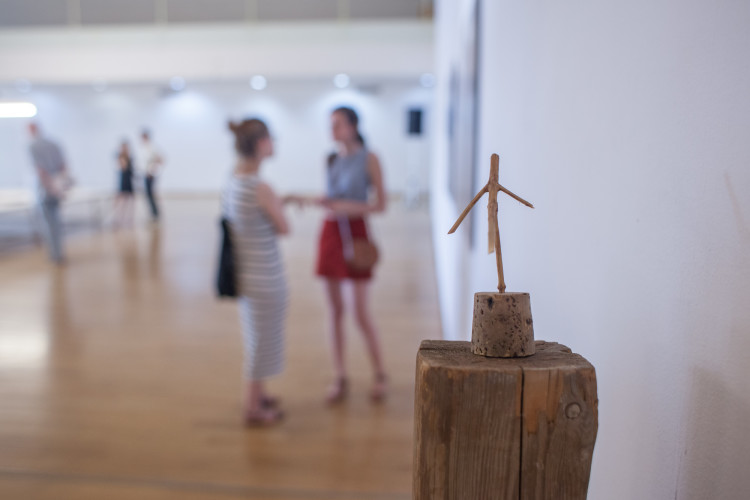
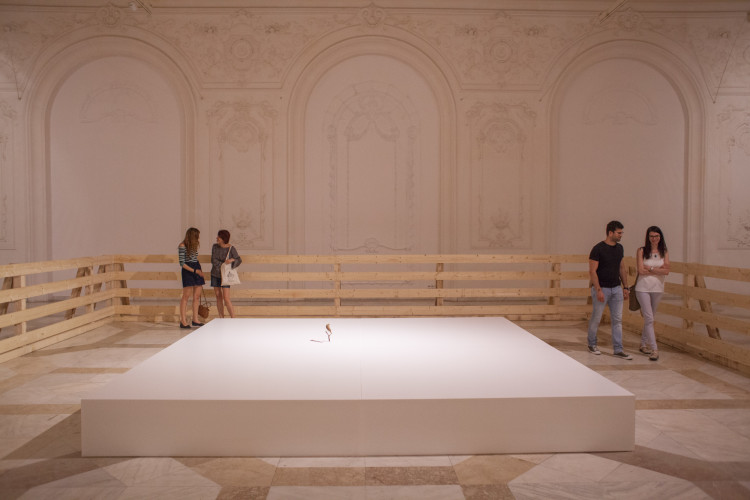
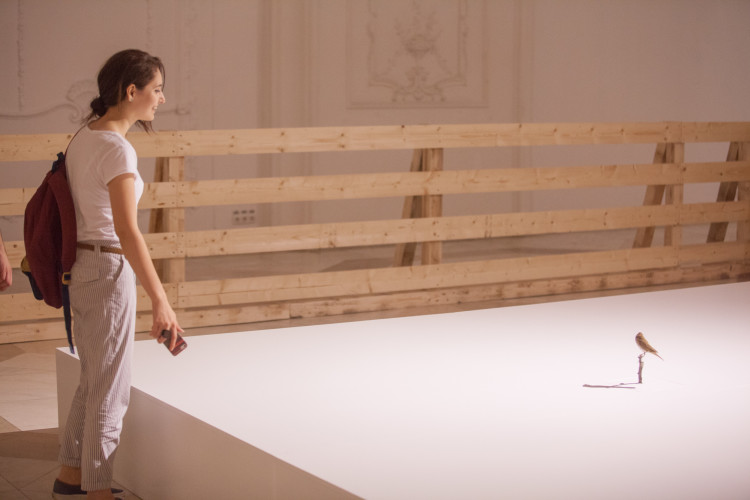
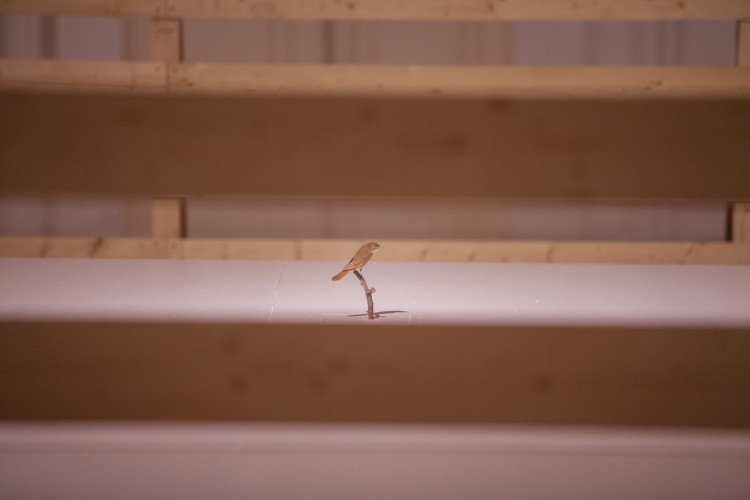

Comments are closed here.